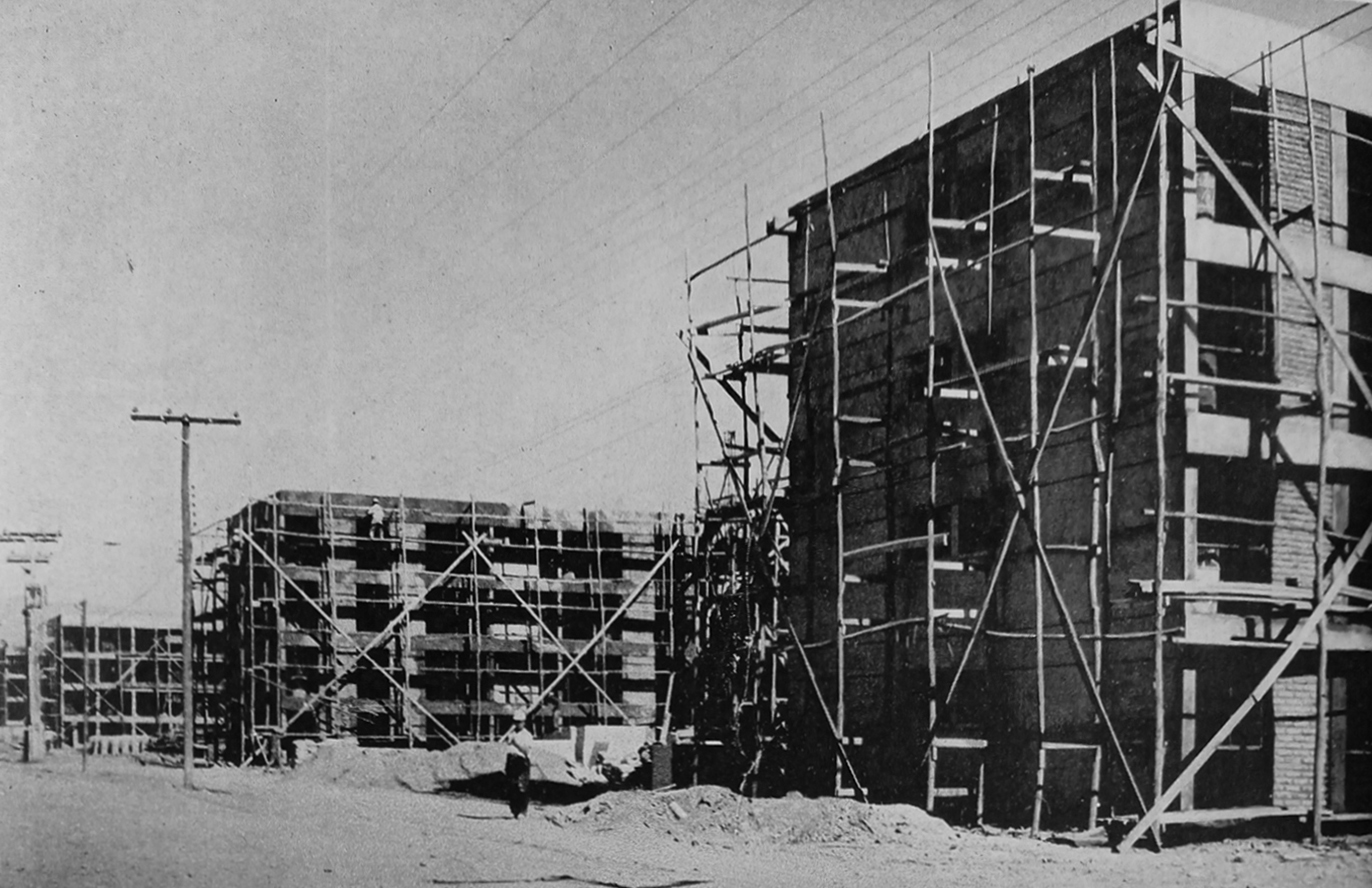Sustainable Rehabilitation and Densification of CORVI 1010 and 1020 Blocks. Carbon-Neutral Construction Model and Replicability
Main Article Content
Abstract
The housing deficit has significantly increased in recent years in Chile, reaching a total of 641,421 "homeless" families. At the same time, there is a large number of "sheltered” families that daily experience housing vulnerability through poor living conditions in their own homes. This dual understanding of the crisis, both quantitative and qualitative, framed within a global environmental context, places traditional housing management and production methods at the center of the discussion. The research aims to explore the balance between creating a highly replicable housing solution and reducing CO2 emissions.
The study explores the potential of the CORVI 1010 and 1020 blocks as viable housing solutions. These blocks, common throughout the country, present an opportunity to standardize housing through two main strategies: rehabilitating existing structures and increasing density by adding new housing units vertically. The project aspires to achieve carbon neutrality by employing a wood construction model that captures carbon, thus offsetting emissions. Additionally, the research includes a calculation model to evaluate the building's carbon footprint. This architectural project not only enhances the existing conditions of the case study but also introduces increased density, all while maintaining a carbon footprint below zero.
Key words: CORVI blocks, carbon neutrality, urban rehabilitation, densification
Downloads
Article Details

This work is licensed under a Creative Commons Attribution-NonCommercial-NoDerivatives 4.0 International License.

